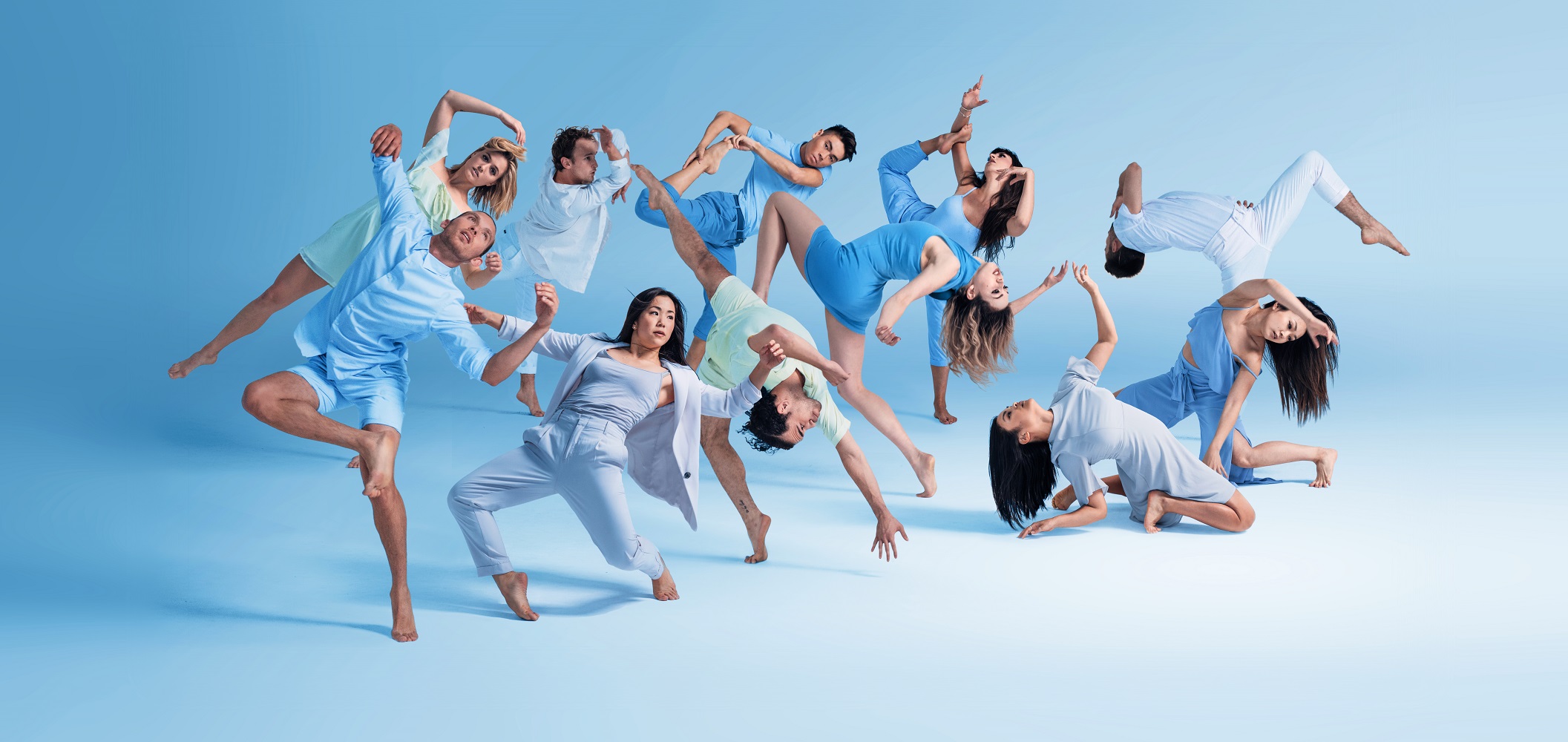The Modern Contemporary Dance
 image source: https://www.google.com/url?sa=i&url=https%3A%2F%2Ffirstdance.in%2Fcontemporary-dance%2F&psig=AOvVaw3eMRpM5nYZ98Y5zvMRoyR7&ust=1625996981645000&source=images&cd=vfe&ved=0CAsQjhxqFwoTCPj5mJWd2PECFQAAAAAdAAAAABBV
image source: https://www.google.com/url?sa=i&url=https%3A%2F%2Ffirstdance.in%2Fcontemporary-dance%2F&psig=AOvVaw3eMRpM5nYZ98Y5zvMRoyR7&ust=1625996981645000&source=images&cd=vfe&ved=0CAsQjhxqFwoTCPj5mJWd2PECFQAAAAAdAAAAABBV
Lastly, another popular modern dance is called, ‘Contemporary Dance’, which is a genre of dance performance that was created in the mid-twentieth century and had grown ever since, becoming one of the dominant genres for formally trained dancers globally, which had a particularly strong popularity in the United States and Europe. Even if it was originally formed by and borrowed from: classical, modern, and jazz styles, it has come to incorporate elements from many styles of dance. And because of it’s similarity, it is often related and seen to be closely involved with modern dance, ballet, and other classical concert dance styles.
Then, in terms of the precision of the technique, contemporary dance usually tend to combine the strong and controlled legwork of ballet as it stresses on the torso section of the body. It also employs contract-release, floor work, fall and recovery, as well as improvisation characteristics of modern dance. There are also unpredictable changes in rhythm, speed, and direction are often used as well. Moreover, contemporary dance sometimes incorporates elements of non-western dance cultures, such as African dances. Examples of these are: bending the knees, or movements from Japanese contemporary dance, Butoh.
The history of this dance is quite simple. Contemporary dance draws on both the classic ballet, and modern dance. Whereas post-modern dance was a immediate and opposite response to modern dance. Merce Cunningham is considered to be the first choreographer to defy the ideas that were established by ‘developing an independent attitude to modern dance’. Back in 1994, he was accompanied by music from John Cage, who saw that Cunningham’s dance was “no longer relies on linear elements nor does it rely on a movement towards and away from climax. As in abstract painting, it is assumed that an element (a movement, a sound, a change of light) is in and of itself expressive; what it communicates is in large part determined by the observer themselves.” Cunningham later made the Merce Cunningham Dance Company in 1953, which went on to make more than 150 words for the company, most of which have been performed internationally by ballet and modern dance companies.
References:
Le Moal, Philippe (1999). Dictionnaire de la Danse. Bologne: Larousse-Bordas/HER. pp. 705–706. ISBN 2-03511-318-0.
“Concordia University Contemporary Dance Program”.
Scheff, Helene; Marty Sprague; Susan McGreevy-Nichols (2010). Exploring dance forms and styles: a guide to concert, world, social, and historical dance. Human Kinetics. p. 87. ISBN 978-0-7360-8023-1.
“Origins of Contemporary Dance”.
“Contemporary Dance History”.
“Modern Dance Pioneers”.
https://www.google.com/url?sa=i&url=https%3A%2F%2Ftorontoguardian.com%2F2019%2F01%2Fdance-artist-kelly-shaw%2F&psig=AOvVaw3eMRpM5nYZ98Y5zvMRoyR7&ust=1625996981645000&source=images&cd=vfe&ved=0CAsQjhxqFwoTCPj5mJWd2PECFQAAAAAdAAAAABBb

